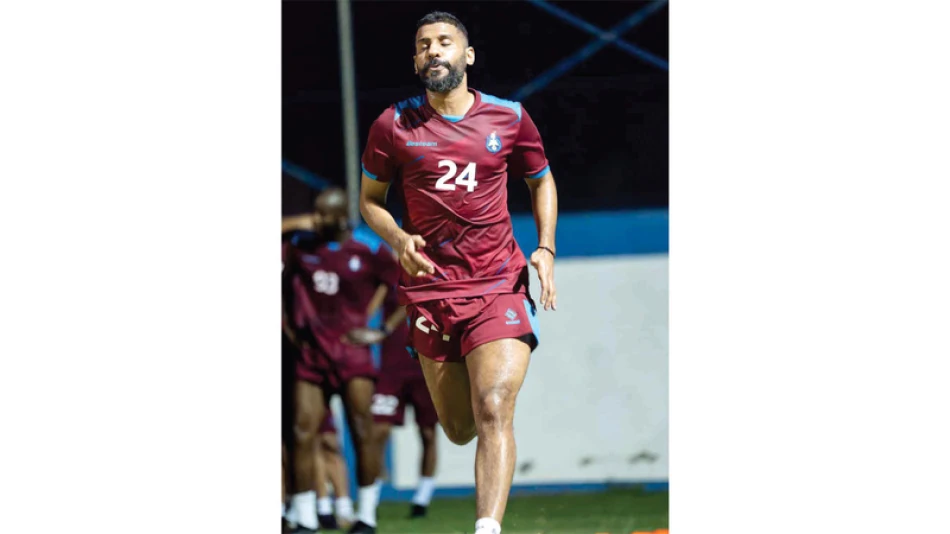
UAE National Players Thrive in First Division League, Says Rashid Issa
UAE's Second Division Could Become the New Breeding Ground for National Football Talent
Former UAE national team player Rashid Issa is making a bold case for the country's First Division league as the optimal pathway for local players struggling for game time in the top-tier professional league. With 15 teams set to compete starting September 19, Issa argues that ambitious players should prioritize regular playing time over sitting on professional league benches—a strategic shift that could reshape how the UAE develops its football talent pipeline.
The Loan Revolution: A Pragmatic Solution
Speaking to local media, the Al Arabi player emphasized that the First Division offers competitive intensity matching the professional league, making it an ideal destination for players seeking consistent match experience. His recommendation for loan moves or permanent transfers reflects a growing trend across global football, where development takes precedence over prestige.
This approach mirrors successful models in European leagues, where top clubs routinely loan promising players to lower divisions for crucial development time. The UAE's adoption of this strategy could accelerate the maturation of local talent, particularly as the national team prepares for the 2026 World Cup qualifiers.
Timing Aligns with National Team Ambitions
The First Division's September 19 launch comes strategically after the ADNOC Professional League begins this weekend. The professional league will pause after its second round on September 22 to accommodate national team preparations for World Cup qualifying playoffs—highlighting the interconnected nature of the UAE's football ecosystem.
This scheduling coordination suggests the UAE Football Association recognizes the First Division's role in the broader development framework, potentially creating a more fluid movement of players between divisions based on form and opportunity.
Infrastructure Gaps Limit League Potential
Despite his enthusiasm, Issa identified critical shortcomings that prevent the First Division from reaching its full potential. The absence of television coverage significantly limits exposure for both players and clubs, while the lack of Video Assistant Referee (VAR) technology leads to costly officiating errors that can determine promotion battles.
These infrastructure investments could transform the league's profile and attract higher-quality players willing to drop down for development opportunities. Countries like Germany and Spain have demonstrated how robust second divisions can become talent factories when properly supported with broadcast coverage and modern officiating standards.
Market Dynamics Favor Player Movement
Issa's personal journey illustrates the financial and career benefits of strategic division changes. After leaving the professional league, he found more positive environments at both Hatta and Al Arabi, with multiple clubs competing for his services. This increased demand suggests the First Division market may offer better conditions for experienced players seeking regular football.
The presence of established clubs like United, Emirates, Hatta, Al Uruba, and Dibba Al Hisn creates a competitive landscape that could rival the professional league in intensity, if not in resources. For investors and club owners, this represents an opportunity to build sustainable football businesses with lower operational costs but significant upside potential.
A Model for Regional Football Development
The UAE's evolving approach could influence football development across the Gulf region, where many countries struggle to balance foreign talent importation with local player development. By creating clear pathways between divisions and emphasizing playing time over league status, the UAE may establish a blueprint for sustainable talent cultivation that other nations could adopt.
Success in this model would require commitment from the football association, broadcast partners, and clubs to invest in the First Division's infrastructure and marketing, transforming it from a stepping stone into a legitimate development platform.
Most Viewed News

 Sara Khaled
Sara Khaled






